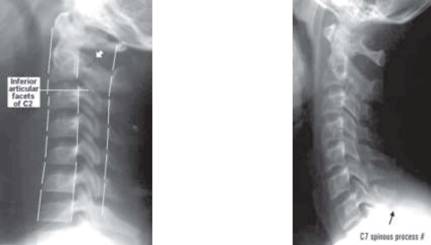
↑ Causes and Mechanisms of Common Coccydynia."The incidence of ossification of the sacrococcygeal joint". CS1 maint: Multiple names: authors list ( link) ↑ Clinical and radiological differences between traumatic and idiopathic coccygodynia.Analysis of fifty-one operative cases and a radiographic study of the normal coccyx. ↑ Coccyx, Dorland's Illustrated Medical Dictionary.Injuring the coccyx can give rise to a condition called coccydynia. The joints are variable and may be: (1) synovial joints (2) thin discs of fibrocartilage (3) intermediate between these two (4) ossified. The apex is rounded, and has attached to it the tendon of the Sphincter ani externus.

The borders of the coccyx are narrow, and give attachment on either side to the sacrotuberous and sacrospinous ligaments, to the Coccygeus in front of the ligaments, and to the gluteus maximus behind them. Of these, the first is the largest it is flattened from before backward, and often ascends to join the lower part of the thin lateral edge of the sacrum, thus completing the foramen for the transmission of the anterior division of the fifth sacral nerve the others diminish in size from above downward, and are often wanting.
#BIFID SPINOUS PROCESSES PRONUNCIATION SERIES#
The lateral borders are thin, and exhibit a series of small eminences, which represent the transverse processes of the coccygeal vertebrae. Of these, the superior pair are large, and are called the coccygeal cornua they project upward, and articulate with the cornua of the sacrum, and on either side complete the foramen for the transmission of the posterior division of the fifth sacral nerve. The posterior surface is convex, marked by transverse grooves similar to those on the anterior surface, and presents on either side a linear row of tubercles, the rudimentary articular processes of the coccygeal vertebrae. It gives attachment to the anterior sacrococcygeal ligament and the Levatores ani, and supports part of the rectum. The anterior surface is slightly concave, and marked with three transverse grooves which indicate the junctions of the different segments. This error in anatomy teaching can lead doctors to diagnose a 'fractured coccyx' when they see a coccyx in several segments on x-ray. Only about 5% of the population have a coccyx in one piece, separate from the sacrum, as described in anatomy books. In fact it has been shown that the coccyx may consist of up to 5 separate bony segments, the most common configuration being two or three segments. Most anatomy books wrongly state that the coccyx is normally fused in adults. The first is the largest it resembles the lowest sacral vertebra, and often exists as a separate piece the last three diminish in size from above downward. All the segments are destitute of pedicles, laminae, and spinous processes. In each of the first three segments may be traced a rudimentary body and articular and transverse processes the last piece (sometimes the third) is a mere nodule of bone.

It articulates superiorly with the sacrum. The coccyx is usually formed of four rudimentary vertebrae the number may be as high as five or as low as three. In tailed species the coccygeal vertebrae support the tail and accommodate its nerves. It also acts as something of a shock absorber when a person sits down, although forceful impact can cause damage and subsequent bodily pains. The coccyx provides an attachment for nine muscles, such as the gluteus maximus, and those necessary for defecation. The term coccyx comes originally from the Greek language and means "cuckoo," referring to the shape of a cuckoo's beak. It is attached to the sacrum in a fibrocartilaginous joint, which permits limited movement between them. The coccyx (pronounced kok-siks) (Latin: os coccygis), commonly referred to as the tailbone, is the final segment of the human vertebral column, of four fused vertebrae (the coccygeal vertebrae) below the sacrum. Risk calculators and risk factors for CoccyxĮditor-In-Chief: Patrick Foye, MD, Associate Professor, and Director, Coccyx Pain Service, New Jersey Medical School

US National Guidelines Clearinghouse on Coccyx The coccyx is formed of up to five vertebrae.Īrticles on Coccyx in N Eng J Med, Lancet, BMJ


 0 kommentar(er)
0 kommentar(er)
